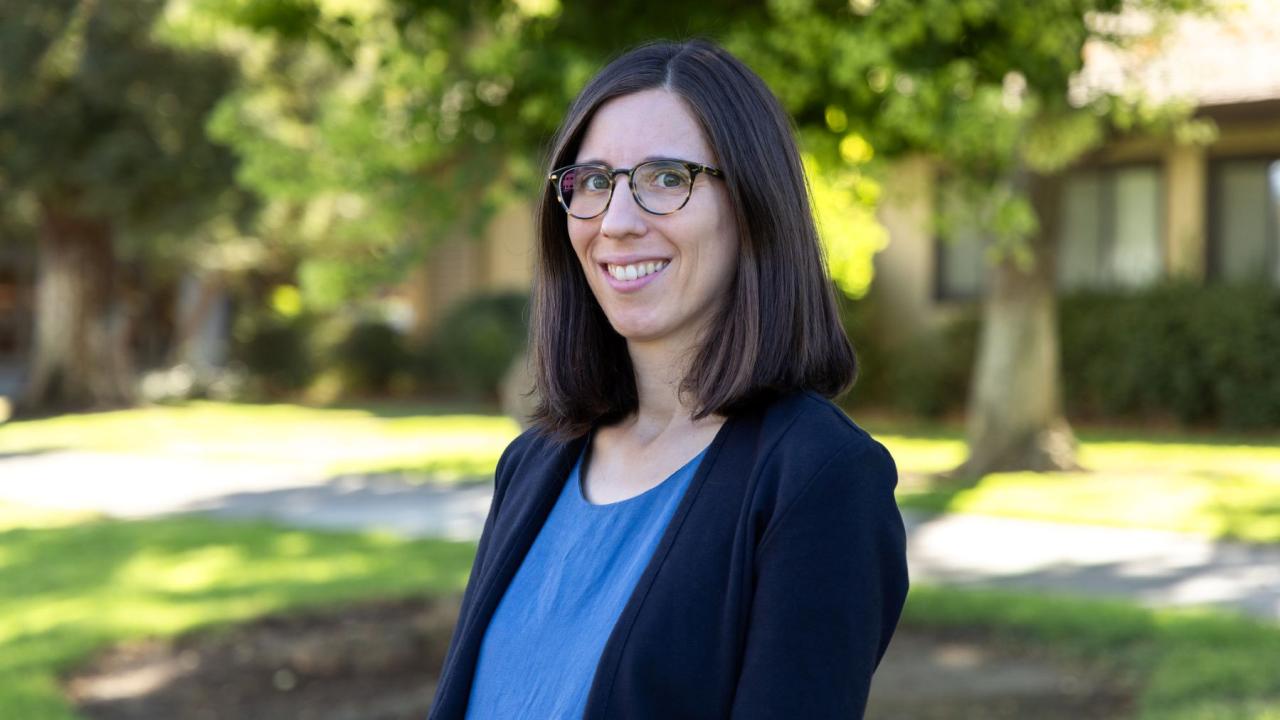
Alba Alfonso García Earns Young Researcher Award in Optical Technologies
The Erlangen Graduate School in Advanced Optical Technologies, or SAOT, has honored Assistant Professor of Biomedical Engineering Alba Alfonso García with the 2025 SAOT Young Researcher Award.
The distinguished award celebrates researchers with a record of outstanding research in optics, photonics and optical technologies. Throughout her career, Alfonso García has worked to innovate imaging technologies and translate these into usable clinical tools for advancing human health.
The SAOT Young Researcher Award will directly support Alfonso García's groundwork for a first-of-its-kind optical imaging platform for early and non-invasive diagnosis of inflammatory bowel disease, or IBD.
The project will combine macroscopic fluorescence lifetime imaging, or FLIm, with high-resolution multiphoton endomicroscopy to investigate tissue metabolic and structural changes caused by IBD. Her team will also integrate artificial intelligence into the platform for automated identification and classification of different inflammatory states caused by the disease.
"This award is both humbling and motivating," Alfonso García said. "It is a milestone that is not mine alone; it's the result of collaboration, mentorship and the combined efforts of an outstanding team. With this support, we're excited to accelerate the development of non-invasive optical tools that could transform how we detect and monitor gastrointestinal disease."
The award will also allow Alfonoso García to establish a collaboration between UC Davis and the Friedrich-Alexander University of Erlangen-Nuremberg, the institution where SAOT is based. She will join the university as a guest professor, giving lectures to graduate students in SAOT and working directly with colleagues on her optical research project.
"Being invited as a guest lecturer is a privilege. It offers the opportunity to share our work, but also to learn from the perspectives and practices of other systems. I am drawn to collaborative and diverse environments, and this project embodies those qualities at both the academic and scientific levels."
